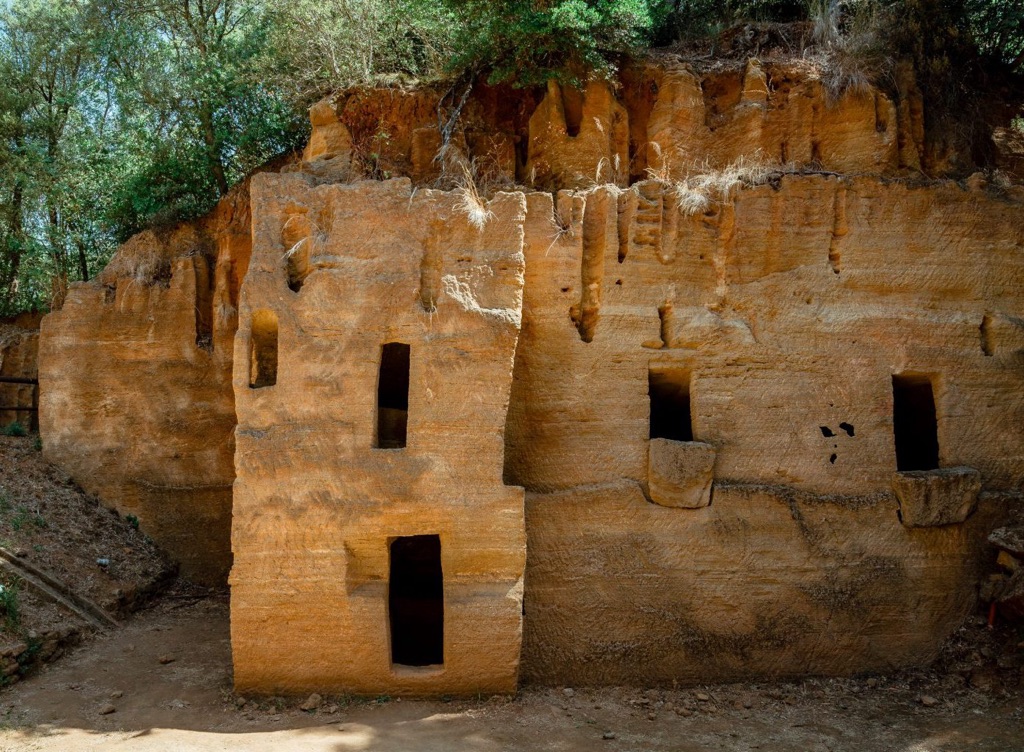Summary
An Ancient Etruscan Legacy
Nestled on the picturesque shores of the Tyrrhenian Sea, the Necropolis of Populonia is a testament to the grandeur of Etruscan civilization. This ancient burial site features a myriad of tombs and burial mounds, offering a unique glimpse into the past. Visitors can explore the well-preserved remains which showcase exquisite craftsmanship – a clear indicator of the advanced culture. The necropolis is not only a historical treasure but also offers scenic views of the lush Tuscan landscape.
Get your dose of History via Email
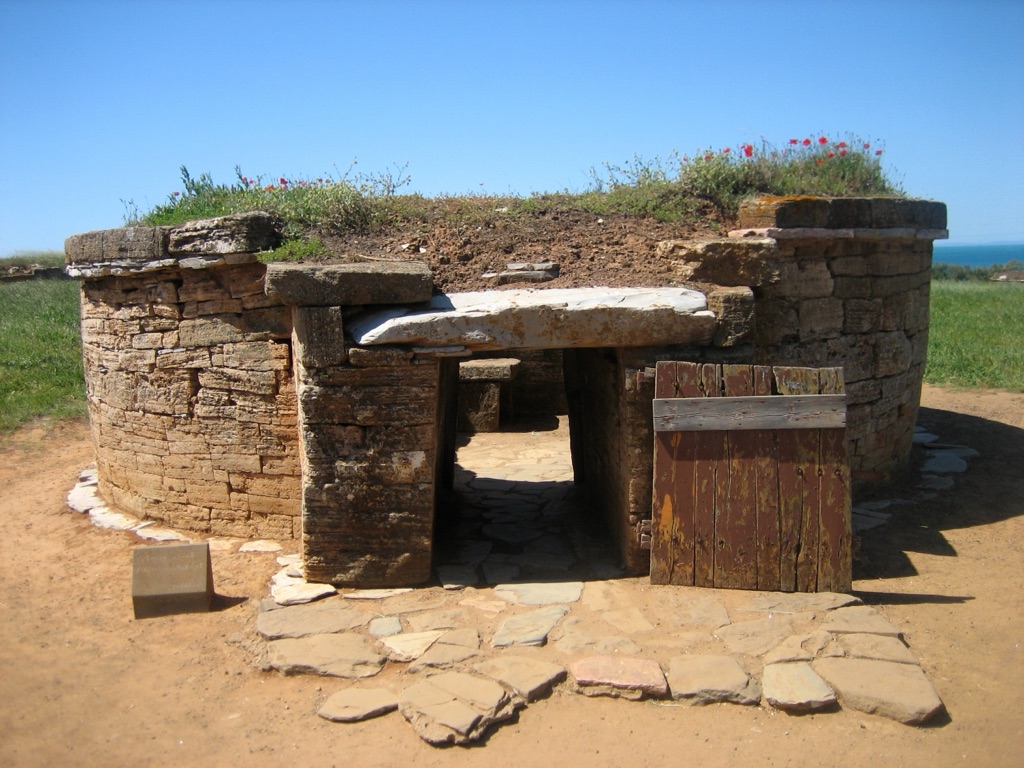
Architectural Brilliance and Artifacts
The necropolis boasts tumuli, monumental graves, and intricately-carved stelae that reflect the architectural prowess of the Etruscans. Each stone tells a story, etched deep into the fabric of time, as frescoes and artifacts within the tombs narrate the life and beliefs of the people. The recovered items, such as pottery and jewelry, now displayed in local museums, further enhance our understanding of this enigmatic culture. Scholars and historians continue to study these treasures, unraveling the mysteries of the Etruscan way of life.
A Journey through Time
Walking through the Necropolis of Populonia is like stepping back into an ancient era. The tranquility of the site allows for contemplation and a deeper connection with history. It’s not just a field of history; it is an immersive experience that transcends centuries. The conservation efforts in place ensure that the site remains intact for future generations to learn from and cherish. For history enthusiasts and casual tourists alike, the Necropolis of Populonia remains a destination of profound cultural significance.
Historical Background of Necropolis of Populonia
Etruscan Origins and Significance
Nestled in the heart of Tuscany, the Necropolis of Populonia stands as a hallmark of Etruscan heritage. Founded in the 7th century BCE, this city of the dead captures the essence of a civilization that flourished long before the Roman Empire. The Etruscans honored their deceased with great care, as evidenced by the elaborate tombs dotting the landscape. Populonia was significant, being one of the few Etruscan cities directly on the coast, a gateway for trade and exchange of culture.
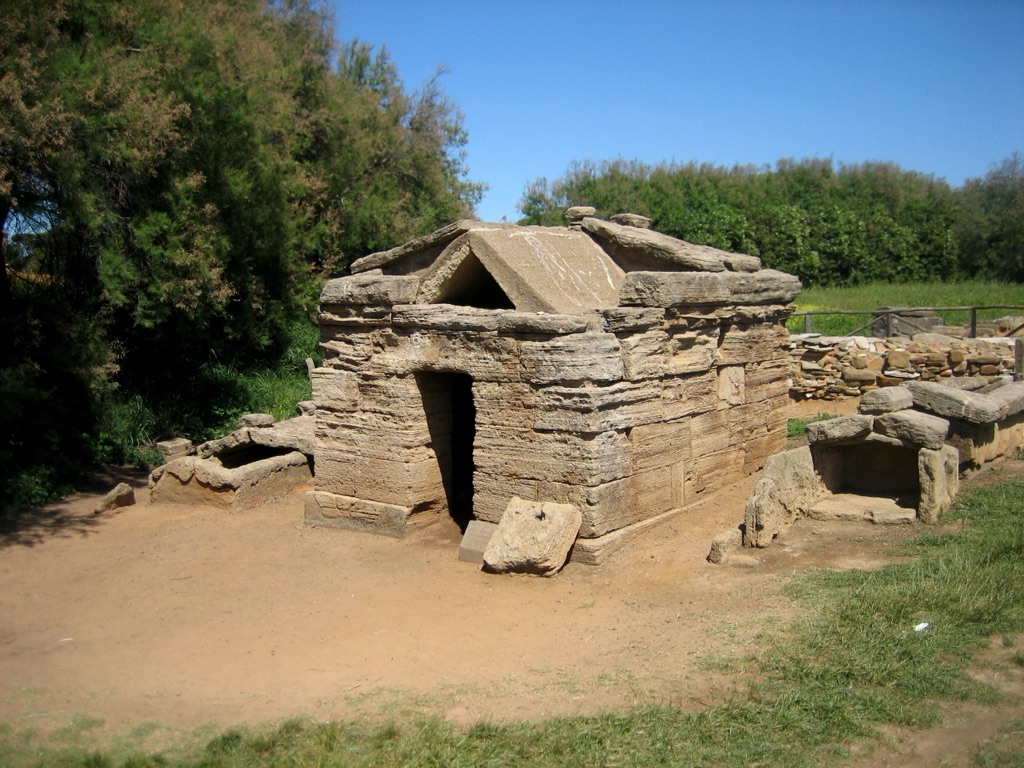
Archaeological Discoveries and Insights
The excavation of the Necropolis of Populonia has unearthed a wealth of knowledge. Each tomb offers a story, providing insights into everyday life, social hierarchy, and religious practices. Archaeologists have found personal effects, such as pottery, weapons, and jewelry, alongside human remains. These discoveries have painted a picture of a sophisticated society that valued artistry, craftsmanship, and the ritual importance of the afterlife.
As site excavation continues, each layer unearthed leads to new revelations. The site’s complexity is a goldmine for historians, reflecting a rich tapestry of interconnections within the Etruscan League. It’s a testament to a well-organized society with intricate burial rites. The necropolis, through ongoing studies, keeps enriching our understanding of pre-Roman Italy.
Cultural Significance and Preservation
Today, the Necropolis of Populonia is more than an archaeological site. It stands as a cultural beacon, drawing visitors from around the world. Efforts to preserve the necropolis have been pivotal in maintaining the integrity of the site. As a result, it provides a tangible connection to the Etruscan legacy and continues to contribute to the living history of the region. The site’s preservation ensures that future generations can also experience this window into an ancient past.
Visitors to the Necropolis of Populonia not only witness the grandeur of Etruscan funerary architecture but also engage with an era that laid the foundations of Western civilization. The site’s educational programs and guided tours enhance public understanding and appreciation of this historic period. As a repository of ancient wisdom and ingenuity, the necropolis plays a crucial role in enriching historical discourse and cultural identity.
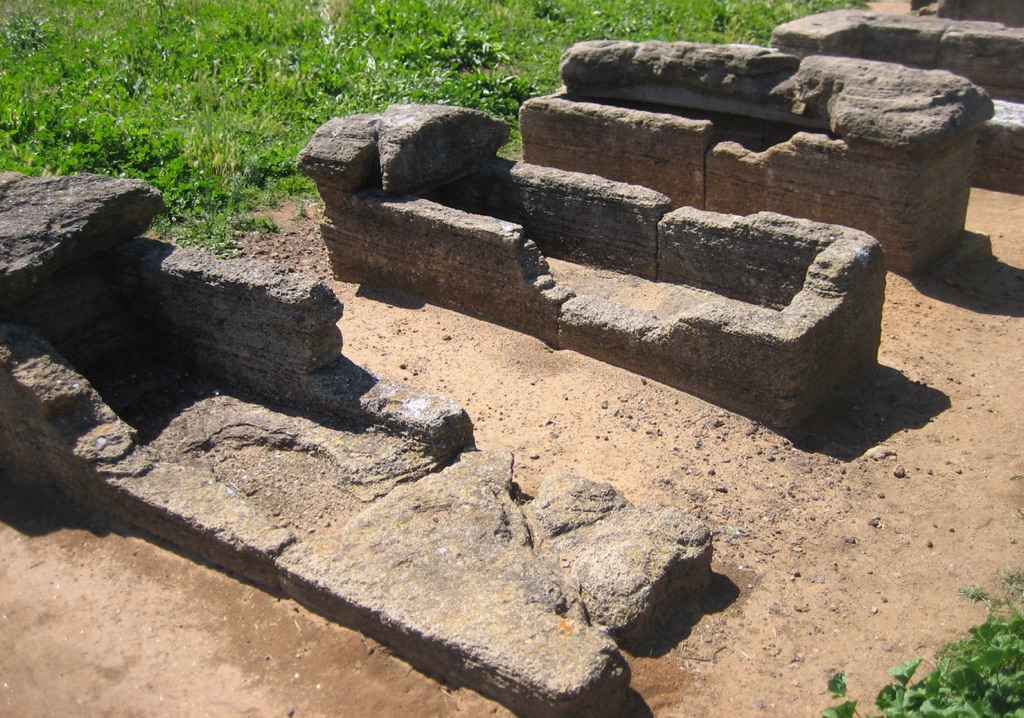
The Discovery of Necropolis of Populonia
The Initial Finding
At the turn of the 20th century, the first signs of the Necropolis of Populonia emerged. Local landowners stumbled upon ancient relics while tending to their fields. Their curiosity led to the unearthing of small artifacts, which hinted at a larger, undiscovered historical context beneath their soil. These initial finds sparked interest but remained isolated incidents for some time.
Archaeological Interest and Excavations
It wasn’t until the mid-20th century that archaeologists took a particular interest in the area. Systematic excavations began, led by prominent figures in the field. The graveyards that had laid dormant under layers of earth started to reveal their secrets. This was not just a single find, but a sprawling expanse of ancient tombs that told tales of a civilization’s reverence for the afterlife.
More focused archaeological efforts in the late 20th century brought significant advancements. Researchers used modern techniques to excavate, map, and analyze the site. Their careful work uncovered a complex network of burial sites, each with unique structures and treasures. This discovery brought Necropolis of Populonia to the forefront of Etruscan archaeological studies.
Unveiling the Etruscan Heritage
The discovery of the necropolis laid the foundation for understanding the Etruscans. Scholars pored over the findings, drawing connections to known historical records. Each tomb, each artifact, added layers to the understanding of their societal structure, religious beliefs, and daily life. The Necropolis of Populonia proved to be a crucial piece in piecing together the Etruscan legacy.
Today, the discovery of the Necropolis of Populonia continues to impact historical narratives. It offers a unique and profound look into an era that shaped the future of European civilizations. The ongoing study of the necropolis reaffirms its significance and ensures that the legacy of the Etruscan people endures.
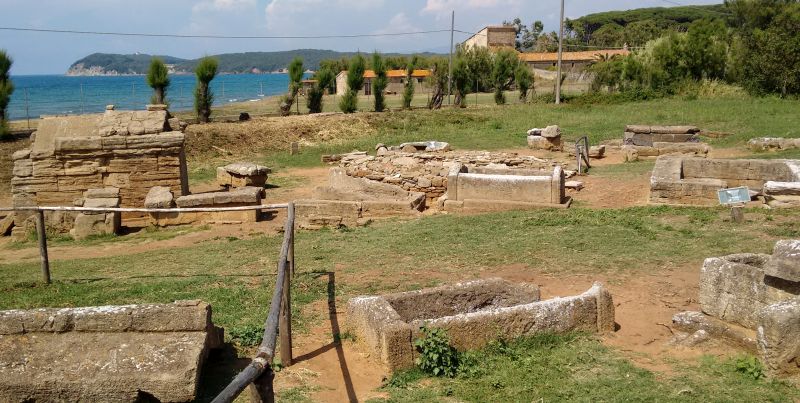
Cultural Significance, Dating methods, Theories and Interpretations
Unlocking Time: Radiocarbon Dating and Stratigraphy
Chronology is crucial to understanding the Necropolis of Populonia. Archaeologists rely on radiocarbon dating to ascertain the era of the tombs. Organic matter from burial offerings provides data for this method. Additionally, stratigraphic analysis helps date the layers of human activity. As a result, experts have traced some tombs back to the 7th century BCE. These techniques have affirmed the site as one of the historical benchmarks for the Etruscan timeline.
The Theories Behind Etruscan Burials
The Necropolis of Populonia offers researchers a prime venue to explore Etruscan death rituals. Theories suggest that tombs mirrored the Etruscans’ homes, implying a belief in life after death. Some experts propose that burial goods facilitated the journey to the afterlife. The variety of tomb types also points to a society with complex social stratification. Although many theories circulate, each discovery at the site provides scientists with more clues.
Current interpretations of the site highlight the Etruscans’ sophisticated artisan skills. Some theorize that Populonia’s strategic coastal position influenced the elaborate burial customs. The wealth displayed in grave goods might reflect trade links with other Mediterranean cultures. Ongoing excavations refine these interpretations, continually adding depth to our knowledge.
Cultural Significance: Reflecting Etruscan Society
The Necropolis of Populonia speaks volumes about the cultural dynamics of the Etruscans. It showcases a civilization that honored their dead with elaborate ceremonies and grave goods. This reverence sheds light on the broader Etruscan culture, famous for its artistic achievements and complex religious beliefs. Such significance has turned the necropolis into a cultural touchstone, resonating through time to offer a better understanding of an otherwise mysterious civilization.
The impact of Necropolis of Populonia continues to influence contemporary culture and history. It reveals the traditions and practices that have influenced modern society. As a treasure trove of historic and artistic value, it provides an integral link to our shared past. The site remains a focal point for archaeological and historical study, a catalyst for discussions on early human societies and their worldviews.
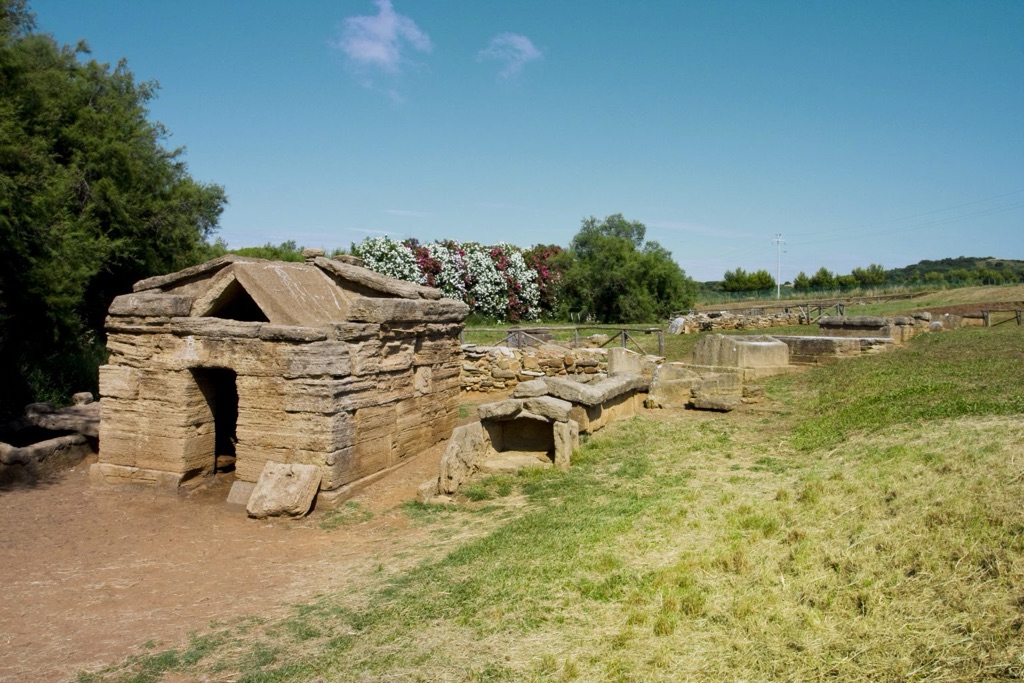
Conclusion and Sources
In summary, the Necropolis of Populonia offers a rich, historical backdrop that goes beyond its spectacular tombs and burials. It is a symbol of the Etruscan civilization’s cultural richness, technological sophistication, and spiritual depth. This archaeological gem also represents the potential for ongoing discovery as new methods and theories continue to illuminate the past. Each finding at the Necropolis not only adds to the narrative of the Etruscans but also enriches our understanding of ancient societies. As we explore these ancient vestiges, we gain insights that weave into the larger human story, reflected in our own cultural and historical identity.
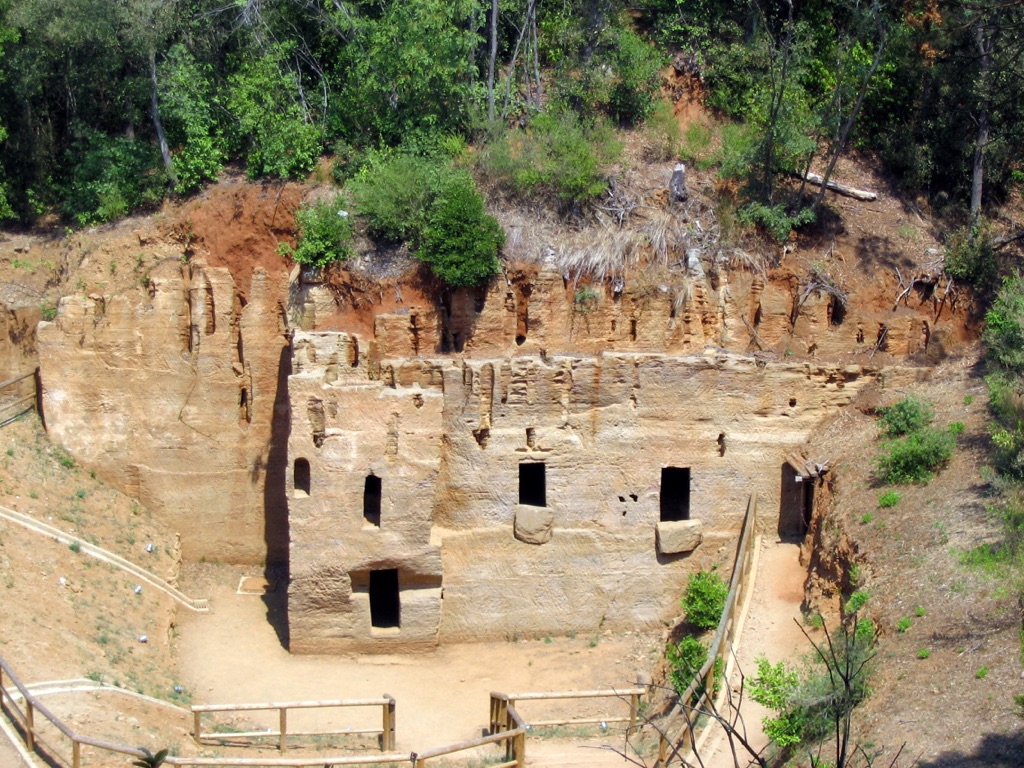
For further reading and to validate the information presented in this article, the following sources are recommended:
Or you can check any of these reputable archaeological and historical texts:
Torelli, M. (1995). ‘The Etruscan City-State.’ In Hansen, M.H. (Ed.), The Ancient Greek City-State (pp. 199-225). Copenhagen: Det Kongelige Danske Videnskabernes Selskab.
Bagnasco Gianni, G. (2001). ‘Necropolis of Populonia: Burial Types and Social Structure.’ In Patterson, H. (Ed.), Bridging the Tiber: Approaches to Regional Archaeology in the Middle Tiber Valley (pp. 249-261). London: The British School at Rome.
De Grummond, N.T. (1997). ‘Sacred Architecture and the Religion of the Etruscans.’ In de Grummond, N.T. & Simon, E. (Eds.), The Religion of the Etruscans (pp. 117-134). Austin: University of Texas Press.
Camporeale, G. (2004). ‘The Etruscans and the Mediterranean.’ In Hägg, R. (Ed.), Peloponnesian Sanctuaries and Cults (pp. 143-157). Stockholm: Svenska Institutet i Athen.
Perkins, P. (2019). Etruscan Art Part II: Sculpture and Painting. Oxford: Oxford University Press.

